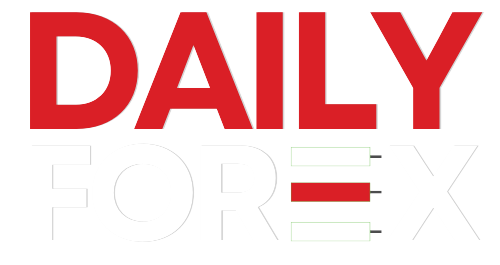Key Highlights:
- Japan’s household spending expected to rebound 1.2% YoY in May, which may bolster BoJ rate hike bets and weigh on USD/JPY.
- Australian household spending and RBA rate guidance remain key to AUD/USD’s next move.
- Fed commentary during the US holiday session could shift USD direction and influence both USD/JPY and AUD/USD pairs.
USD/JPY Forecast: All Eyes on Japan’s Spending Data and Fed Signals
On Friday, July 4, attention will turn to Japan’s household spending figures. Analysts expect a 1.2% year-on-year increase in May, following a 0.1% contraction in April. A strong rebound would suggest improving private consumption, which makes up over half of Japan’s GDP. This could reinforce expectations of a more hawkish Bank of Japan (BoJ), pressuring USD/JPY lower.
However, disappointing data may point to continued economic softness, reducing the likelihood of a near-term BoJ rate hike and supporting USD/JPY upside.
US-Japan Trade Tensions Add Uncertainty
Trade relations remain a wildcard. President Trump’s recent remarks hint at potential tariffs on Japanese goods, citing Japan’s refusal to import U.S. rice despite domestic shortages. This rising protectionist rhetoric could weigh on Japanese exports and dampen overall economic sentiment—possibly limiting BoJ policy tightening.
USD/JPY: Technical Setup and Fed Focus
As markets observe the Fourth of July holiday, Fed speakers may influence the US dollar outlook. Should officials lean dovish, reaffirming the potential for multiple rate cuts, USD/JPY may slide toward 142.50, near the 50-day EMA. Conversely, hawkish signals could send the pair back toward the June 23 high of 148.03.
Key Levels to Watch for USD/JPY:
- Support: 142.50 (50-day EMA)
- Resistance: 148.03 (June high)
AUD/USD Forecast: Household Spending in Focus as RBA Outlook Evolves
Australia’s household spending numbers will play a key role in shaping near-term AUD/USD direction. In April, spending rose just 0.1% month-over-month. A stronger May print could ease recession concerns and fuel demand-driven inflation, supporting a more hawkish RBA stance and lifting the Aussie toward 0.66.
In contrast, soft spending data would reinforce the RBA’s concerns and increase the likelihood of multiple rate cuts, dragging AUD/USD back toward the $0.65 support level.
RBA Governor Michele Bullock recently acknowledged:
“Household consumption has not picked up as much as expected. The Australian labor market and consumer spending remain the most significant domestic risks.”
AUD/USD: Technical and Fed Outlook
Later in the session, Fed commentary may also impact the rate differential between the US and Australia. Dovish Fed language could narrow the differential, favoring AUD and helping the pair approach 0.66. Conversely, hawkish remarks might widen the gap, strengthening USD and pulling AUD/USD closer to 0.65.
Key Levels to Watch for AUD/USD:
- Support: 0.65
- Resistance: 0.66
Conclusion:
Both USD/JPY and AUD/USD face key tests from upcoming household spending data and central bank signals. Rising US-Japan trade tensions and Fed tone shifts may add to volatility, especially given the US holiday backdrop. Traders should monitor these drivers closely for directional clarity.
Stay Updated with Daily Forex Pakistan.




